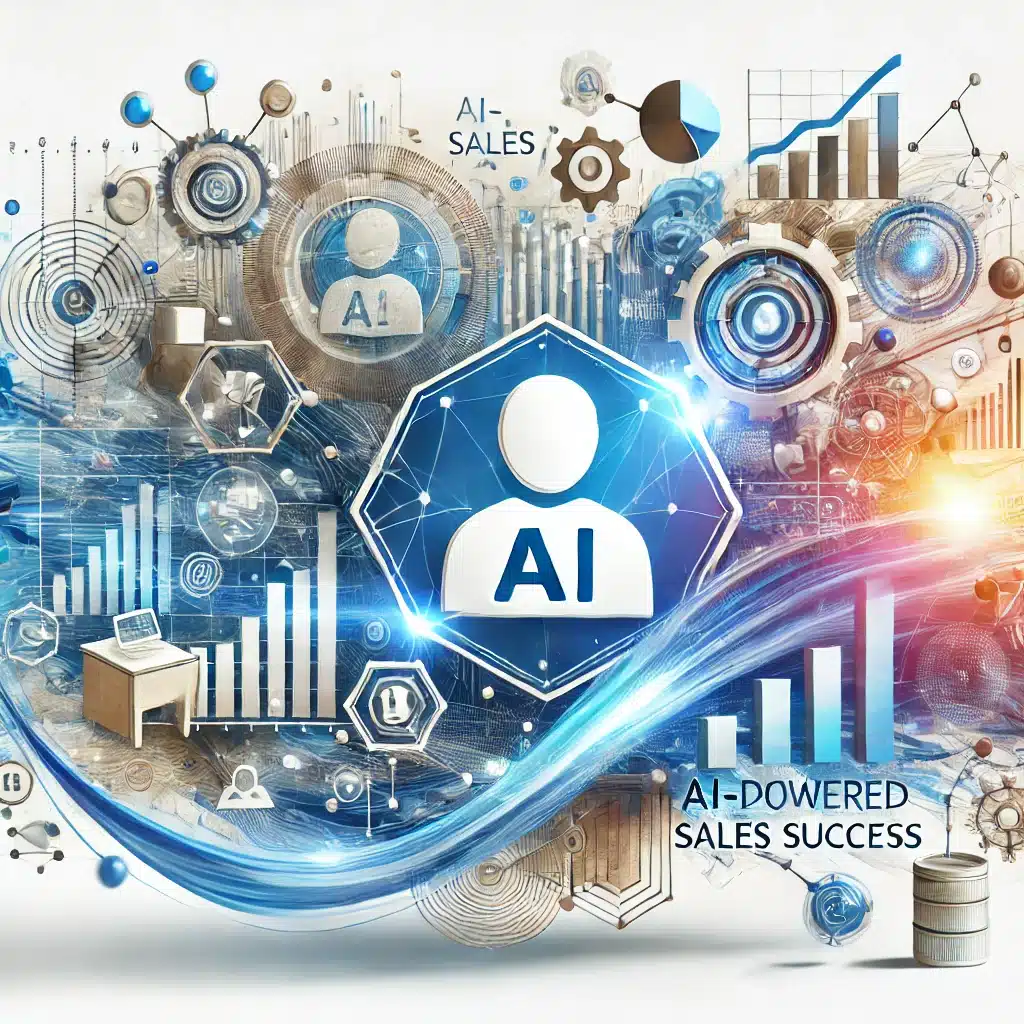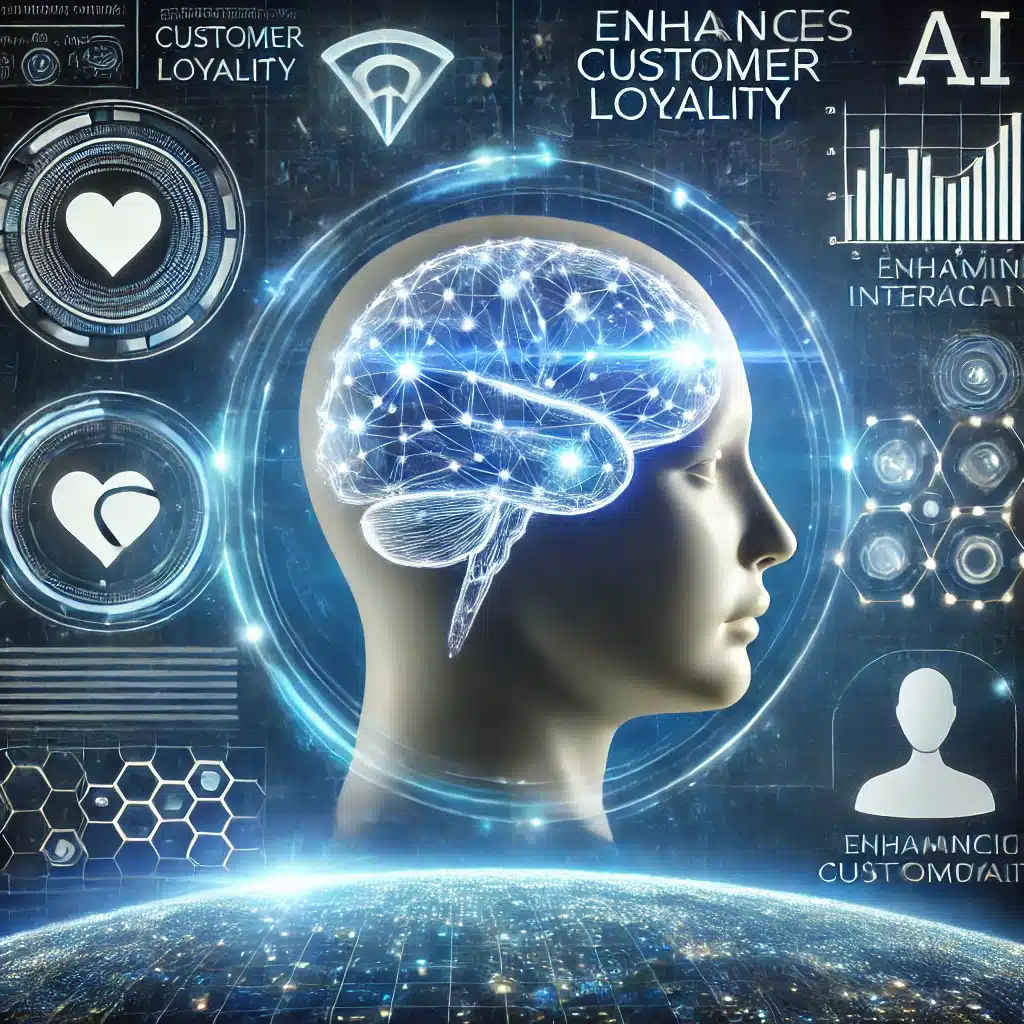Understanding Physical Artificial Intelligence
Physical Artificial Intelligence (Physical AI) represents an exciting new frontier in AI innovation. At its core, Physical AI combines artificial intelligence techniques with physical systems to enhance their capabilities. Consequently, this blend is paving the way for groundbreaking applications ranging from robotics to autonomous vehicles.
One standout company in this domain is San Francisco-based startup, Physical Intelligence. This innovative company has raised $400 million in funding to develop its vision for the future of AI. Major investors include Amazon’s Jeff Bezos and OpenAI. With a new general-purpose foundation model called π0 (pi-zero), the startup aims to further intertwine AI with physical tasks. Autonomously folding laundry, cleaning tables, and assembling boxes are just the beginning for this game-changing innovation.
Real-world Applications
Moreover, the potential of Physical Artificial Intelligence stretches beyond individual robot tasks. For instance, the AI company SteerAI, launched in the Middle East, envisions transforming industrial vehicles into autonomous powerhouses. SteerAI’s focus on logistics and defense sectors is noteworthy. This startup, backed by Abu Dhabi’s Advanced Technology Research Council (ATRC), optimizes both hardware and software for autonomous ground vehicles.
This transformation is incredible, providing these vehicles with precision in navigation and efficiency in task execution. Furthermore, SteerAI also offers remote fleet management, utilizing data-driven technology for optimal deployment. To put it simply, the future is now, and stakes are high. Dr. Najwa Aaraj, CEO of the Technology Innovation Institute, sums it up by saying, “We have created an autonomous vehicle’s ‘brain’, capable of transforming the way we move.” You can find more details on this innovation from this article.
The Wider Impacts of Physical AI
In summary, companies like Physical Intelligence and SteerAI are at the forefront of technological advancement. They are setting benchmarks for innovation in Physical Artificial Intelligence, inspiring others to follow suit. Their progress is a reminder of the broader implications that come with AI innovation. Consequently, this field is shaping our future.
On the other hand, emerging technologies such as these broaden the horizons for sectors around the globe, driving forward progress and adapting to changing needs. As a result, both consumers and industries stand to benefit significantly from these advances.
What’s Next for Physical AI?
Ultimately, with large-scale investments and groundbreaking progress, Physical Artificial Intelligence is undoubtedly the next big step. Its growing influence holds promise for unprecedented development, altering how industries operate and adapt. Meanwhile, investors and tech enthusiasts eagerly anticipate the next chapter in the Physical AI saga. Stay tuned, as this exciting field continues to evolve and redefine the boundaries of artificial intelligence.



